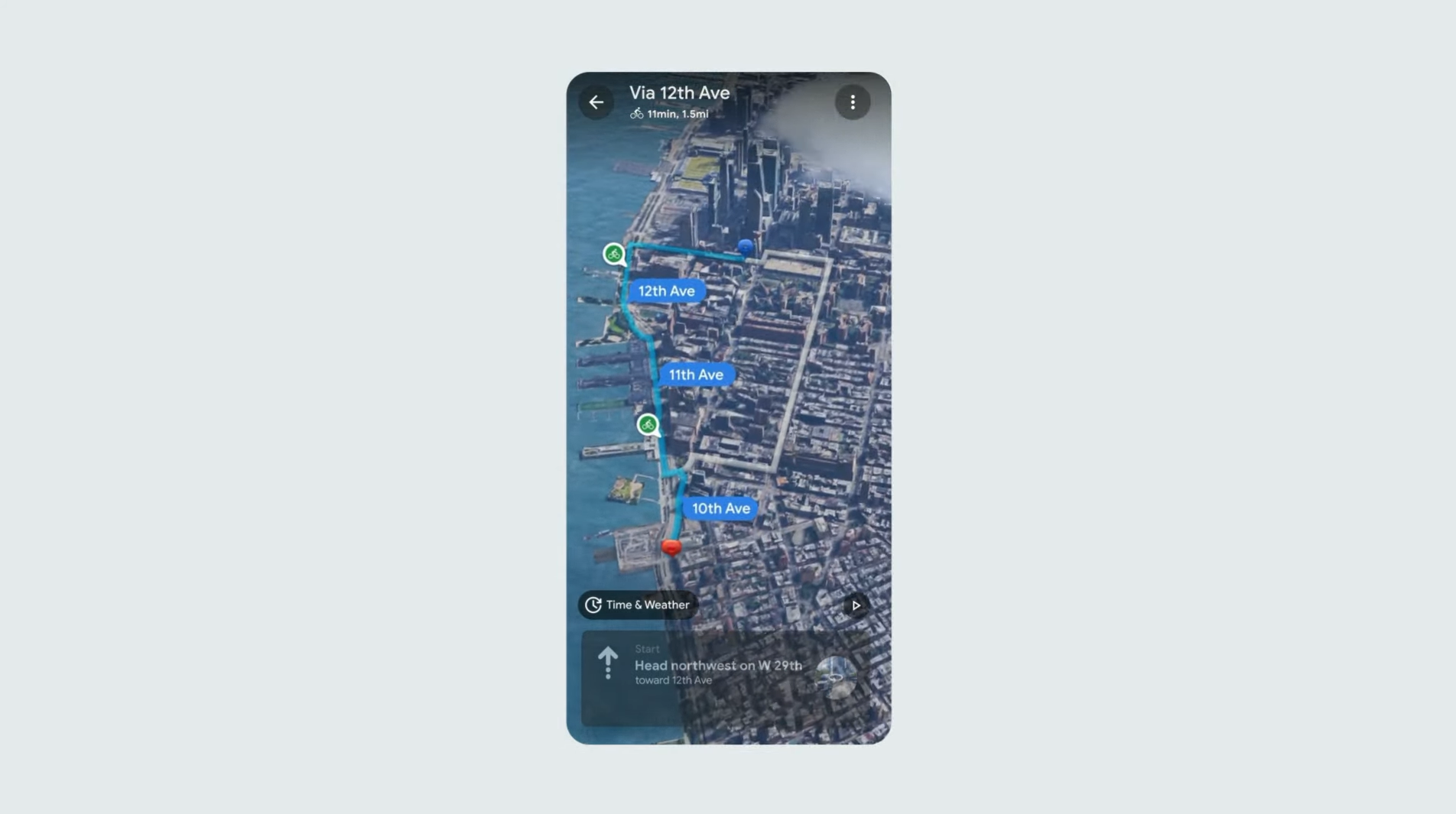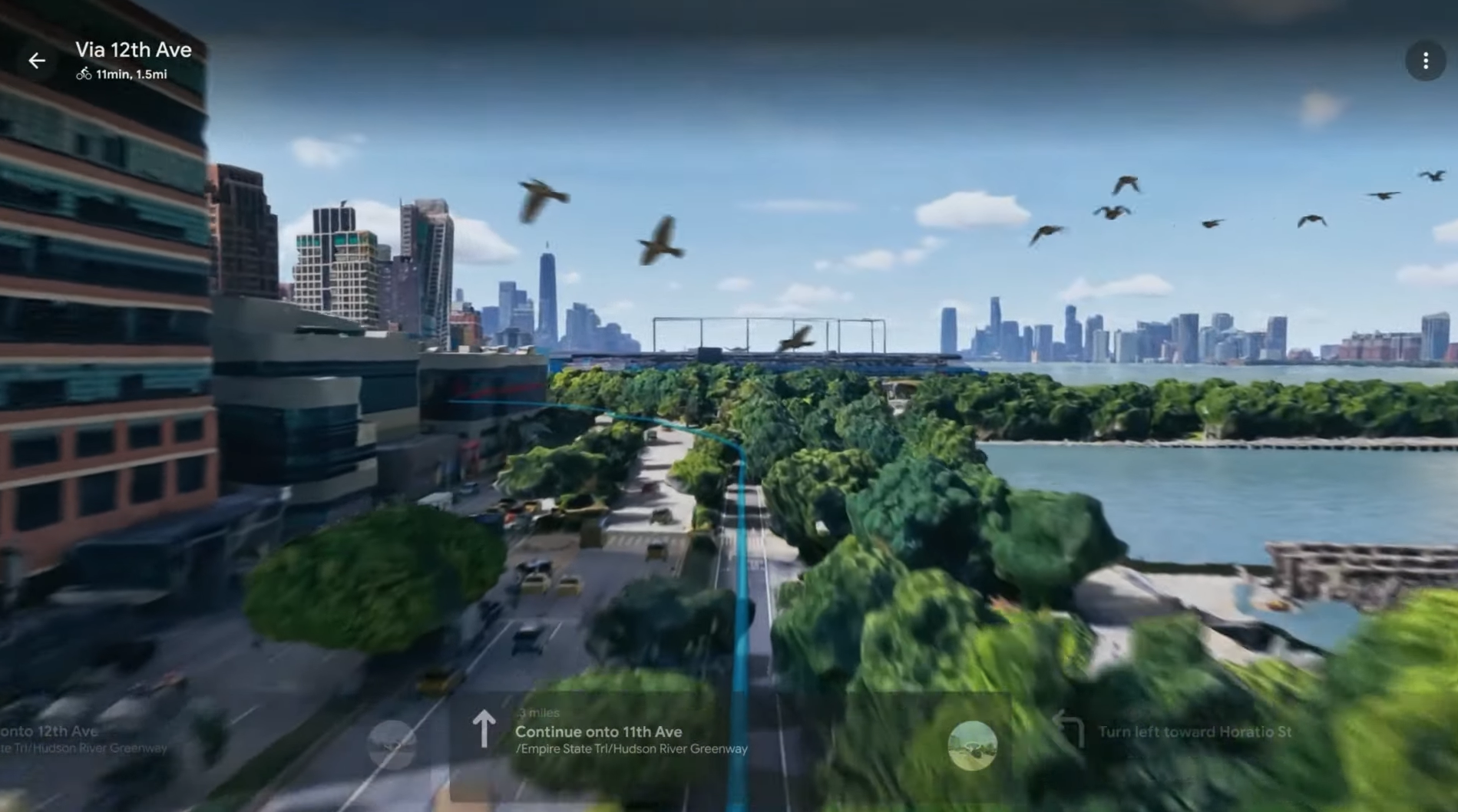Every year, Google takes to Google I/O to announce its plans and products for the coming year. While the event itself will run for several days, the opening keynote presentation covers all the major announcements, from the newest version of Android to the latest versions of the Pixel smartphones.
- Google Pixel Fold
- Google Pixel 7a
- Google Pixel Tablet
- AI features in Gmail, Maps, and Photos
- Google Bard will soon be available for everyone
- Google Bard can also generate images, thanks to Adobe
- AI search results are supercharging Google Search
- Universal Translator
- Developing on Android is now easier than ever
- The Find My app will use other Android devices to find your lost items
- Android and Wear OS keep getting bigger and better
- Generative AI is bringing wallpapers to life on Android
- Wear OS 4 is coming this year
- Waze comes to cars with Google built-in to help find charging locations
- Google Play updates
So, what did Google have in store for us with Google I/O 2023? Quite a lot! From the Pixel Fold to the Pixel 7a to a ton of AI updates and more, here are all of the biggest announcements from Google I/O 2023.
Google Pixel Fold

The long-awaited foldable Google smartphone, the Google Pixel Fold, has finally been revealed — and it’s a doozy. It’s a book-style folding smartphone, like the Samsung Galaxy Z Fold 4. And it shares a lot of similarities with the Samsung foldable, but with the stylistic flair we’ve come to expect from the latest Pixel line.
It’s clear this is a Pixel phone from the moment it’s visible. The now iconic Pixel camera bar is present on the rear, while the front of the phone looks quite similar to the Pixel 7 Pro, with slim bezels and a centrally placed hole-punch selfie camera. The 5.8-inch outer OLED display is much smaller than those on any of the other Pixel phones on the market right now, and it sports an impressive 2400 x 1080 resolution, 120Hz refresh rate, and a max brightness of 1,550 nits.
That impressive display isn’t even the star, either. Fold open the phone, and you’re treated to a 7.6-inch OLED display with similarly showstopping specs. A 2208 x 1860 resolution joins a 120Hz refresh rate and a max brightness of 1,450 nits — making it every bit the technical powerhouse as the outer display, but in a much, much larger 6:5 aspect ratio. It’s also the thinnest folding phone available right now, and while there are visibly chunky forehead and chin bezels, they’ll be useful for holding the phone while in the unfolded mode.

Google has put a lot of thought into how the phone’s fold can be useful. The Pixel Fold is built to work in a half-folded “tabletop” mode that’s perfect for watching videos, or for setting the phone down for a tripod-less selfie. Or, face the rear cameras toward yourself and use the outer screen as a viewfinder for the perfect selfie.
These features are nothing new — the Z Fold 4 has the same features — but there are some niche cases where the Pixel Fold will shine. Take the Pixel’s excellent astrophotography mode, for instance. The Pixel Fold will be able to take amazing night sky photos without needing a tripod by unfolding the phone, placing it facedown, and using the outer screen as a viewfinder.
Speaking of the camera, the Pixel Fold looks set to continue Google’s tradition of amazing smartphone photography. The rear camera setup comprises a 48MP main lens, a 10.8MP ultrawide lens, and a 10.8MP 5x optical zoom. The selfie camera on the outer screen is a 9.5MP fixed-focus lens, which is a little disappointing on paper — but Google threw another lens inside to make up for it, as the inner screen also has an 8MP lens. Neither selfie lens is likely to set our best camera phones list on fire, but that won’t matter when you can use the rear cameras to take a selfie anyway.
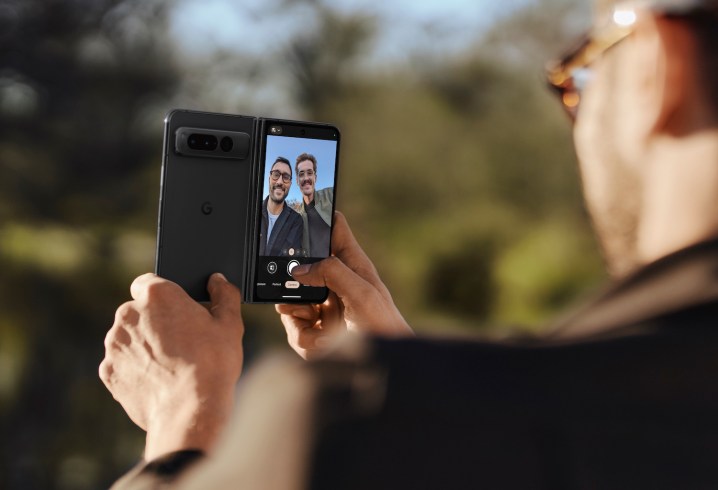
Finally, the Pixel Fold is powered by the same Tensor G2 chip as the Pixel 7 range. This chip is plenty powerful enough, even if it has some issues with overheating during gaming. It’ll be interesting to see how it holds up when pushed in the much larger Pixel Fold. There are 256GB and 512GB variants in terms of storage, and the battery is a relatively small 4,821mAh. That could be a weak point for this big foldable phone, and we’ll be sure to let you know if it struggles.
Preorders are open now, and units will ship next month when ordered from the Google Store. Anyone hoping for a lower starting price will be disappointed, as the Pixel Fold starts at a hefty $1,799.
Google Pixel 7a
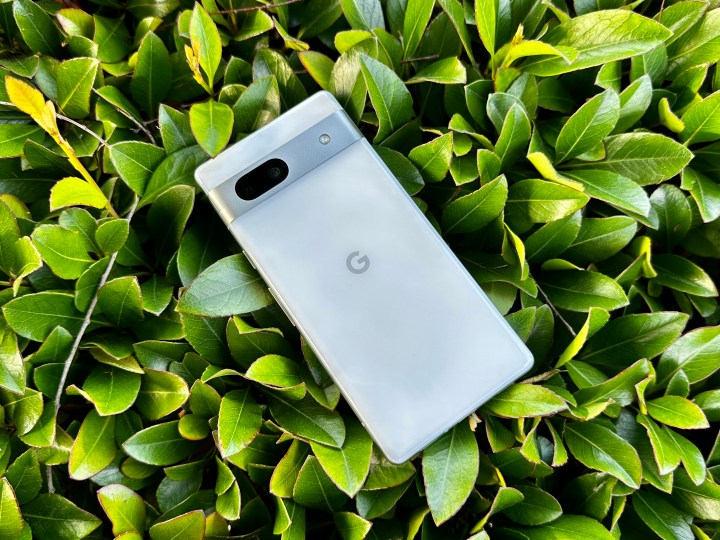
Google I/O is traditionally where Google announces the next version of its midrange A-series phone, and this year is no different. The Google Pixel 7a, the worst-kept secret of the last few months, has been officially revealed. As expected, it’s a slightly toned-down version of the flagship Pixel 7, but one that doesn’t compromise on processing power or camera capabilities. The Pixel 7a has the same Google Tensor G2 processor as its flagship cousins, giving it a high level of performance whether you’re browsing the internet or playing Fortnite.
The Pixel 7a also has the largest megapixel count ever seen on an A-series Pixel, thanks to the 64-megapixel main lens. The camera pedigree of the Pixel is, without doubt, superb, so we’re looking forward to seeing what this model can accomplish. It has a smaller battery than last year’s Pixel 6a, but it does have wireless charging this time around, meaning it’s a lot more convenient than its predecessor.
It’s likely to be the Google phone to keep an eye for compact phone fans, as it’s the smallest of the range. The 6.1-inch display with slim bezels mean the phone is a lot more one-hand-friendly than the Pixel 7 or Pixel 7 Pro, making it perfect for those who find the bigger phones tough to manage. It’s also packing another first for the Pixel A — a 90Hz refresh rate. Matching the Pixel 7, this increased frame rate will mean using it will feel smoother than ever before.
There was another surprise, and a very welcome one — there’s no wait for the Pixel 7a, as it’s available right now. Prices start from $499, and you can pick it up directly from Google, Amazon, and Best Buy, as well as most carriers.
Google Pixel Tablet
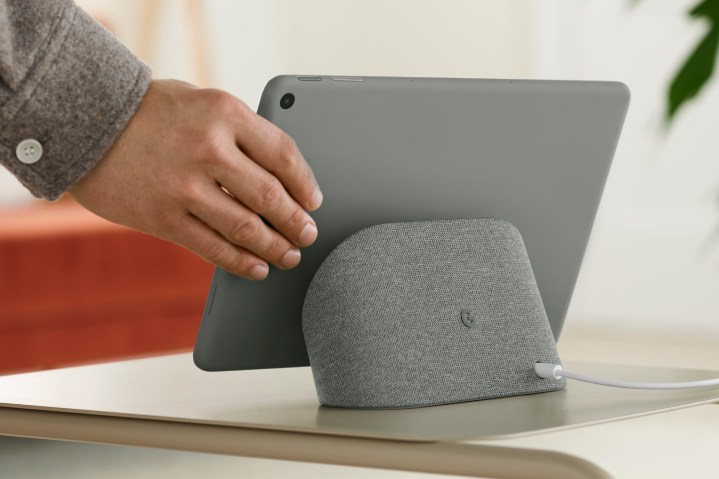
The humble Android tablet hasn’t had the easiest time of it in recent years, and the Apple iPad has had almost unchallenged reign over the midrange and premium tablet market. Now, Google will be hoping to put Apple to the test with the new Pixel Tablet.
The Pixel Tablet is another brand new line for Google, and it’s clear Google is throwing a lot into it. A 10.95-inch LCD display runs a 2560 x 1080 resolution and is joined by four speakers, making this a good option for a multimedia tablet. A nano-ceramic coating makes it easy to hold, always a bonus for a larger tablet, and it also comes with Google TV built-in for even easier video streaming.
But why all the emphasis on media streaming? That’s because the Pixel Tablet isn’t just a tablet. Instead, it’s better to think of it as a blend between a tablet and a smart home device. Drop the tablet into Google’s Charging Speaker Dock, and the Pixel Tablet shifts into Hub Mode, turning it into a Google Nest smart display. In this mode, you can use it the same way you’d use any smart display, with Chromecast support for casting from other devices, and voice activation for the Google Assistant.
The design is on the bland side, but when viewed as a blend between a tablet and smart display, that makes sense — smart displays are meant to blend into the background and not stand out. The Pixel Tablet will start at $499, with a Charging Speaker Dock included. Preorders start today, and units arrive on June 20.
AI features in Gmail, Maps, and Photos
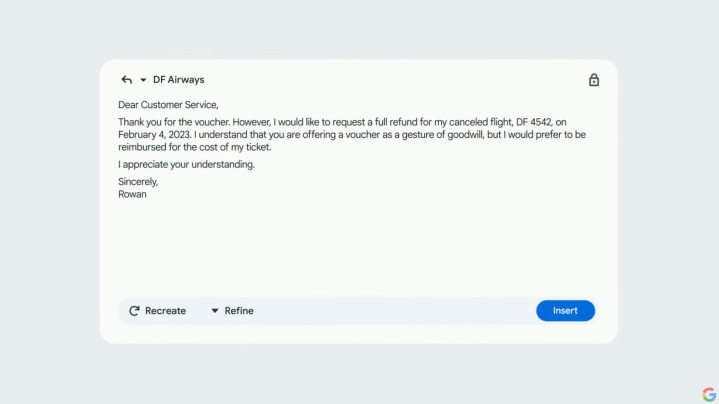
AI is Google’s big theme at this I/O, and it makes sense that Google is adding some useful new AI-powered features to its apps.
Gmail has always been on the cutting edge of AI and machine learning, with suggestions and Smart Replies leading the way. Soon, Gmail will be able to create entire replies for you using Help Me Write. In the example we saw, Help Me Write created a reply to a customer service email, adding important context, including order information from previous emails. You can set the reply to be as elaborate or simple as you like, and you can always check it before it’s sent.
Google Maps is also getting extra AI smarts through Immersive View for routes. Later this year, users in a number of cities will be able to use Immersive View to zoom along a 3D-generated simulation of their route, allowing them to see landmarks along the way from a bird’s-eye view. Maps will even generate traffic amounts depending on how busy it expects the route to be at that time and even insert the correct weather. Immersive View for routes is coming later this year to 15 cities, including New York, San Francisco, London, and Tokyo.

Finally, Google Photos is getting an AI-powered Photoshop expert in the guise of Magic Editor. Essentially a supercharged version of the Magic Eraser, Magic Editor looks set to be an enormous leap. We saw Magic Editor used to remove clouds and reposition people within the photo frame, with machine learning filling in the background as it went. The most impressive example showed Magic Editor recreate elements that had been cropped out of the original photo.
Google Bard will soon be available for everyone

It wouldn’t be an AI-focused Google I/O without Bard, Google’s own version of ChatGPT. As you might expect, Google had some big news for us about Bard, and the biggest is probably that the waitlist is going away. Yes, Bard will soon no longer have gated access, and you’ll be able to chat with Google’s own AI soon. Google Bard will also be available in Japanese and Korean starting today, with 40 other languages also coming soon.
Bard is getting some other useful new features too. Soon you’ll be able to ask Bard to generate a spreadsheet based on specific criteria and then export that spreadsheet directly into Google Sheets for your own needs.
Google Bard can also generate images, thanks to Adobe
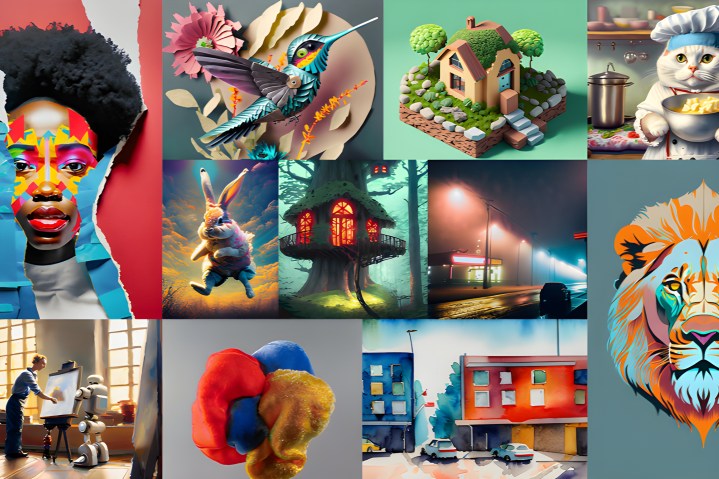
AI-generated images are something we’re increasingly used to seeing, and Google Bard will also be able to make these, thanks to a partnership between Google and Adobe. Starting soon, you’ll be able to ask Bard to generate an image from your prompts, rather than just text.
What’s the difference between this and other image-generating AI? Quite simply, it’s likely to be a lot more robust. Adobe has the heft and resources to create something truly excellent — but most importantly, it won’t be relying just on limited stock images and potentially stolen imagery. Instead, Adobe will train Firefly entirely on its own stock of images, making it much less likely that those images will run into legal challenges down the road.
AI search results are supercharging Google Search
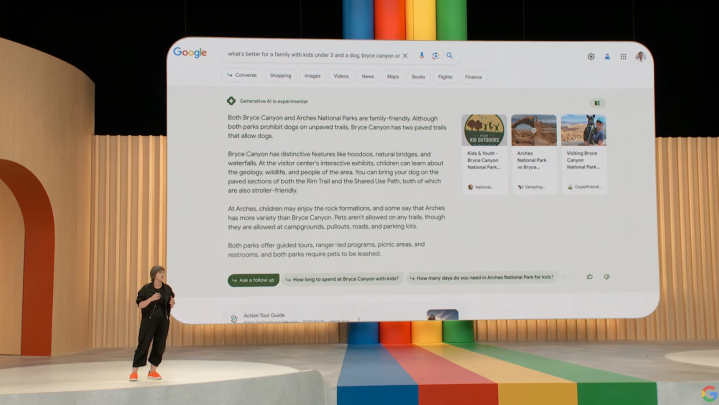
Honing your Google-fu will soon be a thing of the past, as Google is going to introduce an AI that will do all the hard work for you. Rather than Googling for broader terms and then digging into the results yourself, generative AI will be able to understand a more specific question and do the research for you, adding a summary to the top of your results that includes the information you’re looking for.
Sources will be included, and the AI will categorize them based on the specific type of information, whether they’re a roundup or a firsthand experience from a blog. You can also ask follow-up questions, like “Can I get that in red?” and it will be able to contextually understand what you’re looking for and how to react.
Universal Translator
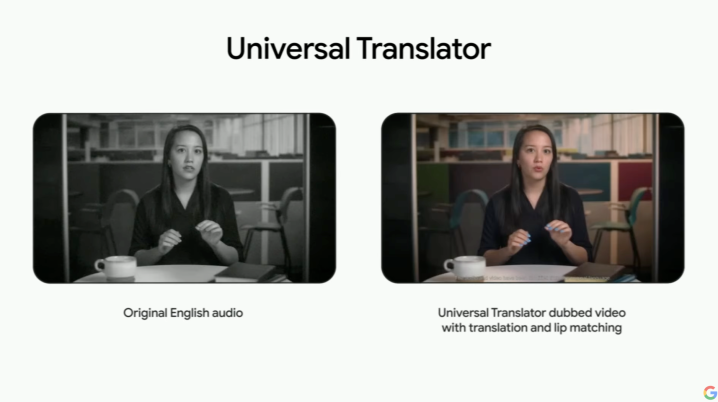
Having a universal translator used to be a feature of science fiction like Star Trek or The Hitchhiker’s Guide to the Galaxy — but not anymore. Google is creating an AI tool that will translate videos into other languages and, as an extra touch, will pace the spoken word to match the lip movements of the original video.
Such a powerful tool is something that could be used to nefarious ends, but thankfully, Google is aware of the harm that can be caused by this tool and is only making this feature available to its own trusted partners.
Developing on Android is now easier than ever
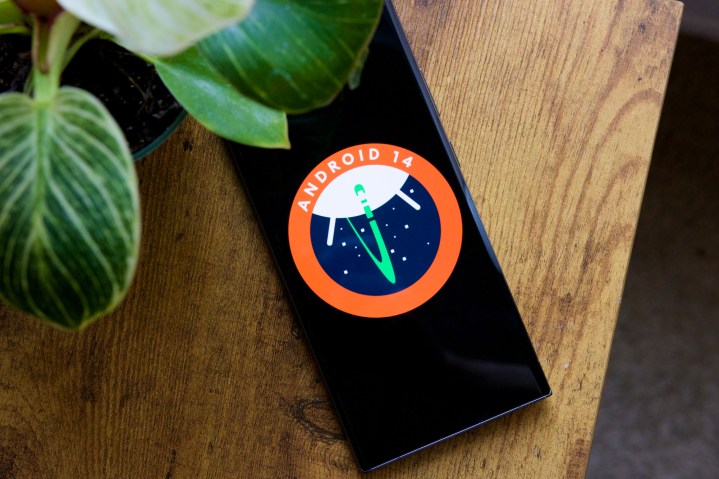
Despite the big announcements, Google I/O is, at its heart, a developer conference. With that in mind, you can always expect to hear about some developer-focused additions to Android. It’s a little bit on the dry side, but it’s always worth keeping an eye on what’s being pushed out by Google to the devs, as it presages wider changes to the Android platform as a whole.
As should be no surprise by now, AI is the big reveal here. AI assistance is being added to Android Studio in the form of Studio Bot, which will be able to answer questions inside Android Studio, suggest coding changes, and offer debugging assistance when asked. Several APIs will also get some valuable machine learning-powered features like bar code scanning and text recognition, and previews of machine learning-generated 3D face models will also be available.
The Find My app will use other Android devices to find your lost items

Everyone hates losing things, and with an increasing number of small items coming with us every day, it’s becoming easier and easier to lose an earbud or leave a smartwatch at the gym.
Google’s Find My app is getting supercharged so that won’t happen again. Google has borrowed some ideas from Apple’s own tracking apps, and Find My will now leverage other nearby Android devices to help you find your lost items.
It will also send you a notification if it detects an unknown tracker is traveling with you. This has been developed with Apple, so it’s a cross-company effort to help keep you safe. Find My will be updated later this year.
Android and Wear OS keep getting bigger and better
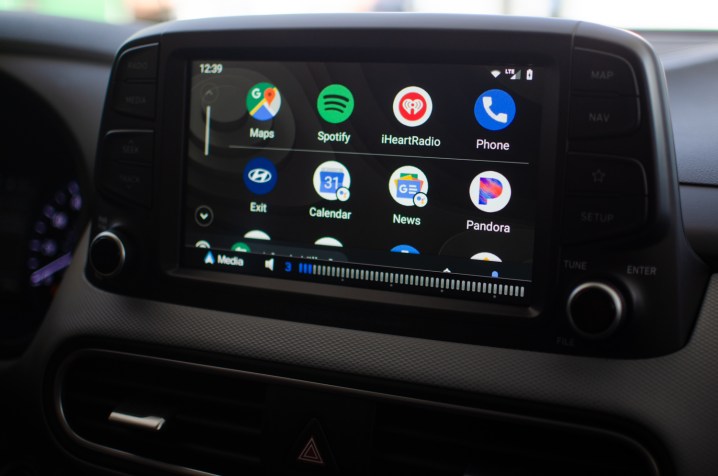
There’s a lot of hardware on offer at this I/O keynote, but don’t think that Google has forgotten about its software. Google shared updates for Wear OS, Android Auto, and Android TV — and it’s clear that those operating systems are starting to pick up some serious steam.
The big winner is clearly Wear OS, which has exploded in size by five times since the launch of Wear OS 3 in 2021. This has probably been helped a lot by Google being able to add the Samsung Galaxy Watch devices to its roster after Samsung’s switch to Wear OS away from Tizen OS with the Galaxy Watch 4 line. Regardless, it’s making people sit up and take notice of Google’s smartwatch OS, as WhatsApp is on its way to Wear OS as a dedicated app.
Android Auto is seeing similar growth and will be available in 200 million cars this year. Google built-in, the other Google car OS, is also set to grow significantly, with numbers predicted to double by the end of this year.
Android is becoming a more common sight on larger screens, too. Not only is Google optimizing a number of apps for larger screens like tablets and foldables (including Google’s apps, Spotify, and Minecraft), but Android TV is the No. 1 streaming platform by shipment numbers. As if that wasn’t enough, Google also announced a partnership with Samsung to create a new platform that uses Android to combine augmented, virtual, and mixed reality into a single “extended reality” (XR). That’s going to be something to keep an eye on.
Generative AI is bringing wallpapers to life on Android
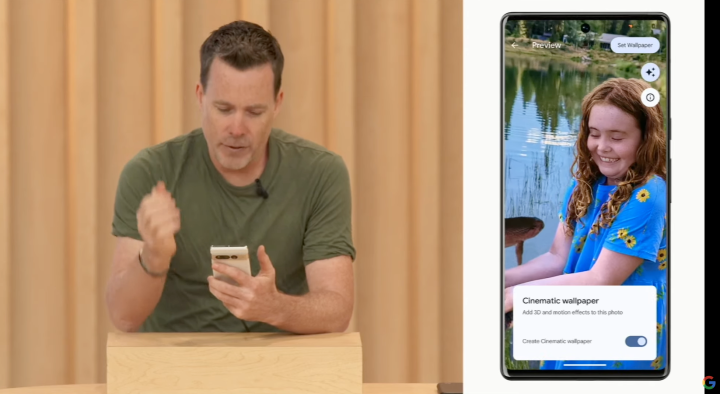
Wallpapers are a personal choice, and everyone wants something unique. Google is using AI to help you to create a wallpaper all of your own, whether it’s a fully AI-generated image from a prompt you’ve made or a wallpaper generated from a selection of emojis you’ve chosen.
But the most exciting new option is the ability to create a cinematic wallpaper from one of your own images. If you’ve ever received a generated cinematic photo on Google Photos, then you know what to expect from this feature. If you’re not familiar, it will isolate the foreground from the background and use machine learning to add a 3D and motion effect. People will seem to pop away from the background and move with your phone.
Pixel devices will be the first to receive emoji and cinematic wallpapers, and those will land next month. The fully generated images will be arriving in the fall.
Wear OS 4 is coming this year
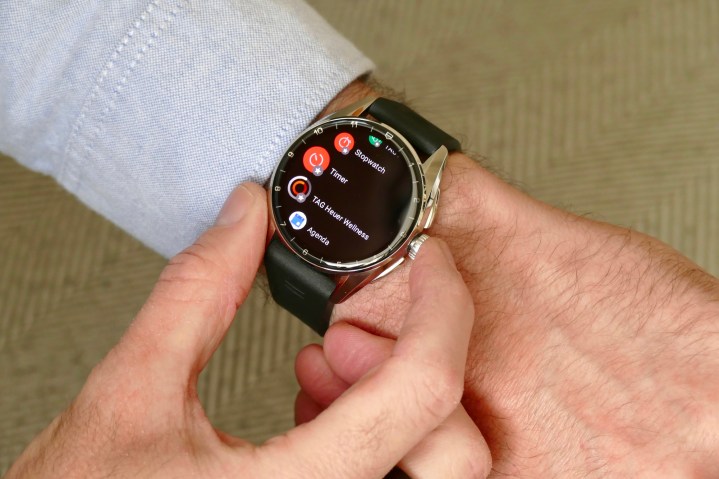
Wear OS 3 may be doing good numbers, but that doesn’t mean Google is content to leave it at that. You can expect to see Wear OS 4 land on your smartwatch this year, and Google has touched on the improvements you can expect when the update hits.
The biggest improvement for most people is going to be the improved battery life through tweaks to the software, but there are some other upgrades to consider. Google has been relatively tight-lipped about Wear OS 4 so far, but we know it’s eyeing improvements to the text-to-speech engine to make it faster and more reliable, as well as a backup and restore system that allows for swapping between phones and watches without having to factory reset your watch. Devs will also have access to new watch face building tools in collaboration with Samsung.
Expect to hear more details about Wear OS 4 as we get closer to release. At the moment, a developer preview is available, but there’s no public beta, so we’re still some time away from a full release.
Waze comes to cars with Google built-in to help find charging locations

As electric vehicles become more and more common, it becomes increasingly vital for drivers to know where the nearest electric charging point is. Waze is rolling out app support for all cars with Google built-in, and with it comes the ability to use Waze to find the nearest EV charging point. With this feature validated by the Waze community, you’ll be able to see which plug types and charging ports are available on your current route, as well as the charging speeds on offer.
This feature will arrive in the next few months and will be supported on Android Auto, Google built-in, and CarPlay.
Google Play updates
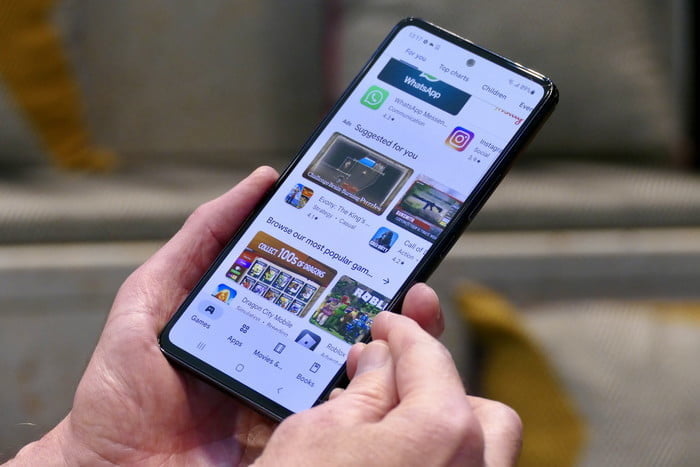
The Google Play Store is getting some updates to help app publishers, and a number are centered around Google’s new push toward AI. Starting today, app publishers will be able to use Google’s generative AI to create new listings. Give the AI a prompt, key theme, or target audience, and it’ll create an app listing for you. Machine learning tools will also be able to translate your app listings into 10 different languages using Google Translate, opening your app to new audiences without needing to extensively translate it yourself.
AI will also be used to streamline your experience when you’re looking for a new app to download. Google is rolling out an AI that will read an app’s positive reviews and summarize the key points, reducing your need to trawl through multiple reviews to gauge whether you’ll like an app or not.
It’s not all about AI, though, as there are other useful features rolling out. One particularly interesting one is the ability to customize an app listing specifically for inactive users of your app, so you can try and tempt them back in again.
Editors' Recommendations
- Something strange might happen to the Google Pixel Fold 2
- Whatever you do, don’t buy the Google Pixel 7a right now
- This Google Pixel 8a leak just spoiled everything about the phone
- Google Pixel Fold 2: news, rumored price, release date, and more
- The Google Pixel Fold 2 could get a massive display upgrade

